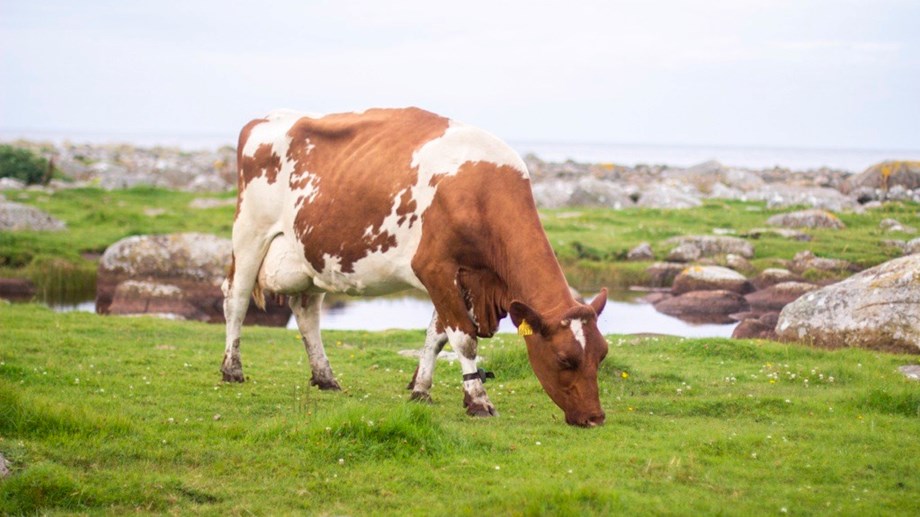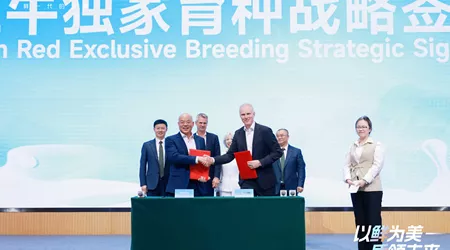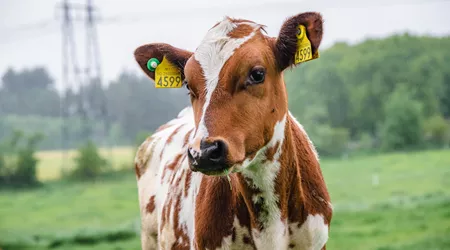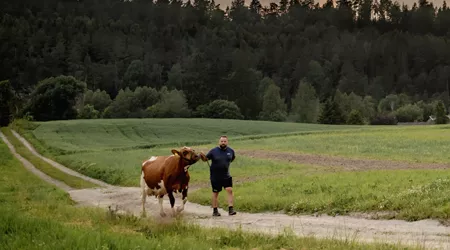Geno’s research and development team has recently implemented a new model for calculating breeding values for conformation (exterior) traits. Breeding value changes due to the model improvements for these traits (including udder as well as feet and legs) were generally from small to moderate. Model changes included the addition of data on older cows (cows after the first lactation) as well as new estimated variance components, resulting in higher heritability.
Minor to moderate changes in breeding values
“The main advantage of the new exterior models is higher reliability of predicted breeding values and higher heritability. This will enable Norwegian Red cattle faster genetic improvement for exterior traits such as udder conformation and better prediction accuracy of the breeding values for the farmers when genotyping their calves. The change provides higher reliabilities for the exterior traits, and with it, also offers faster genetic progress for these traits.” explains Geno’s breeding researcher, Janez Jenko.
International dairy farmers will be able to see minor to moderate changes in breeding values for conformation (exterior) traits in the coming weeks with the new release of breeding values in December 2021.
More data, higher reliability, and faster genetic improvement
The most important reason for higher reliabilities for breeding values from the new models is that Geno is now using data from the first five lactations moving forward, while the old models only used conformation data from the first lactation. In addition, the newly estimated heritabilities were higher than those used in the past. This has not only increased the amount of data we use to calculate the breeding values, but also made it possible to include new environmental effects in the models.
New environmental effects included in the models are the milking system, calving year, and hours since milking. Overall, the model changes have resulted in significantly improved reliabilities for the calculated breeding values, hence faster genetic gain.
Read the full report on the new conformation (exterior) trait model here (PDF)
We want to thank The Research Council of Norway for funding this research through the project 309611, «Large scale single step genomic selection in practice».



